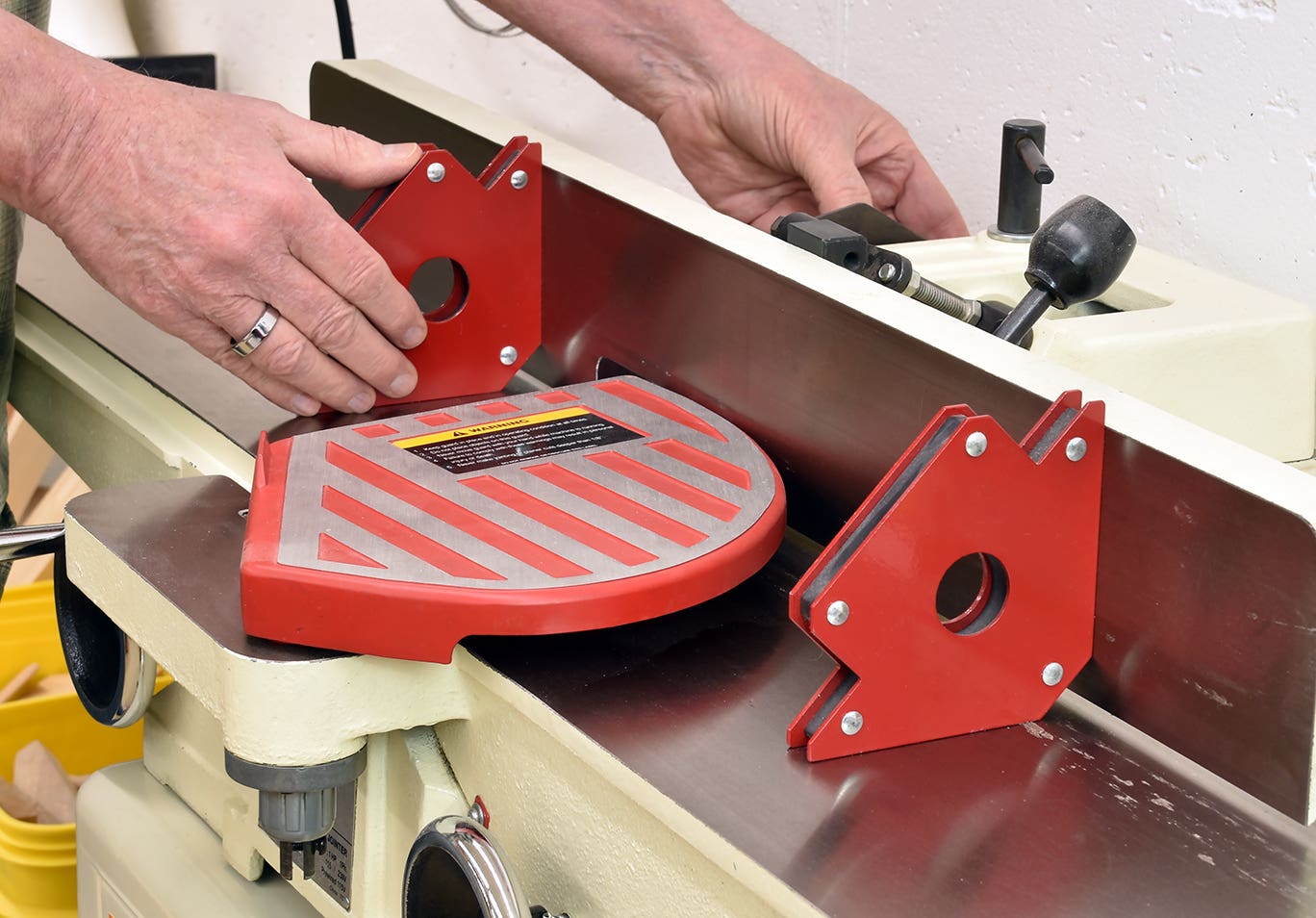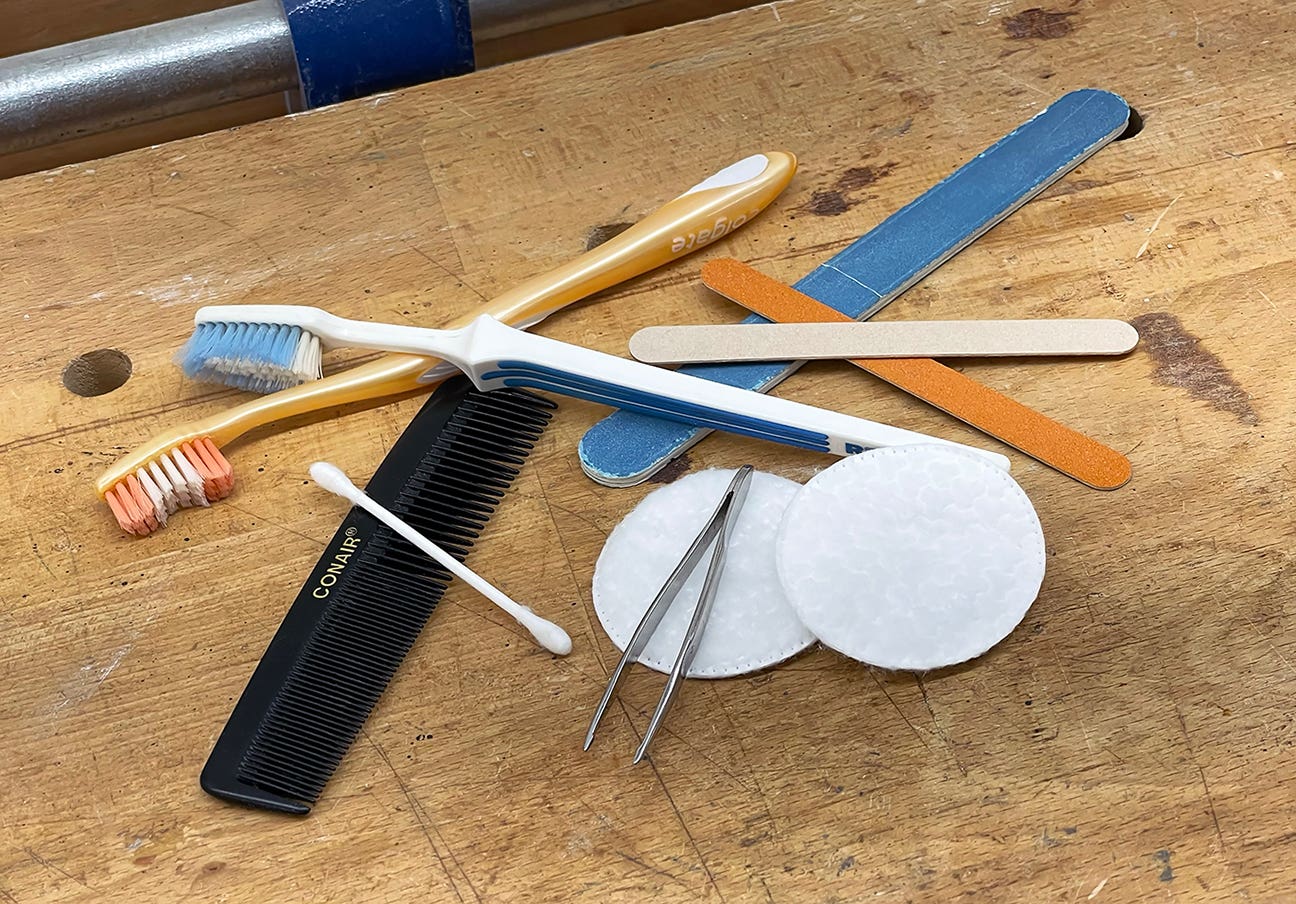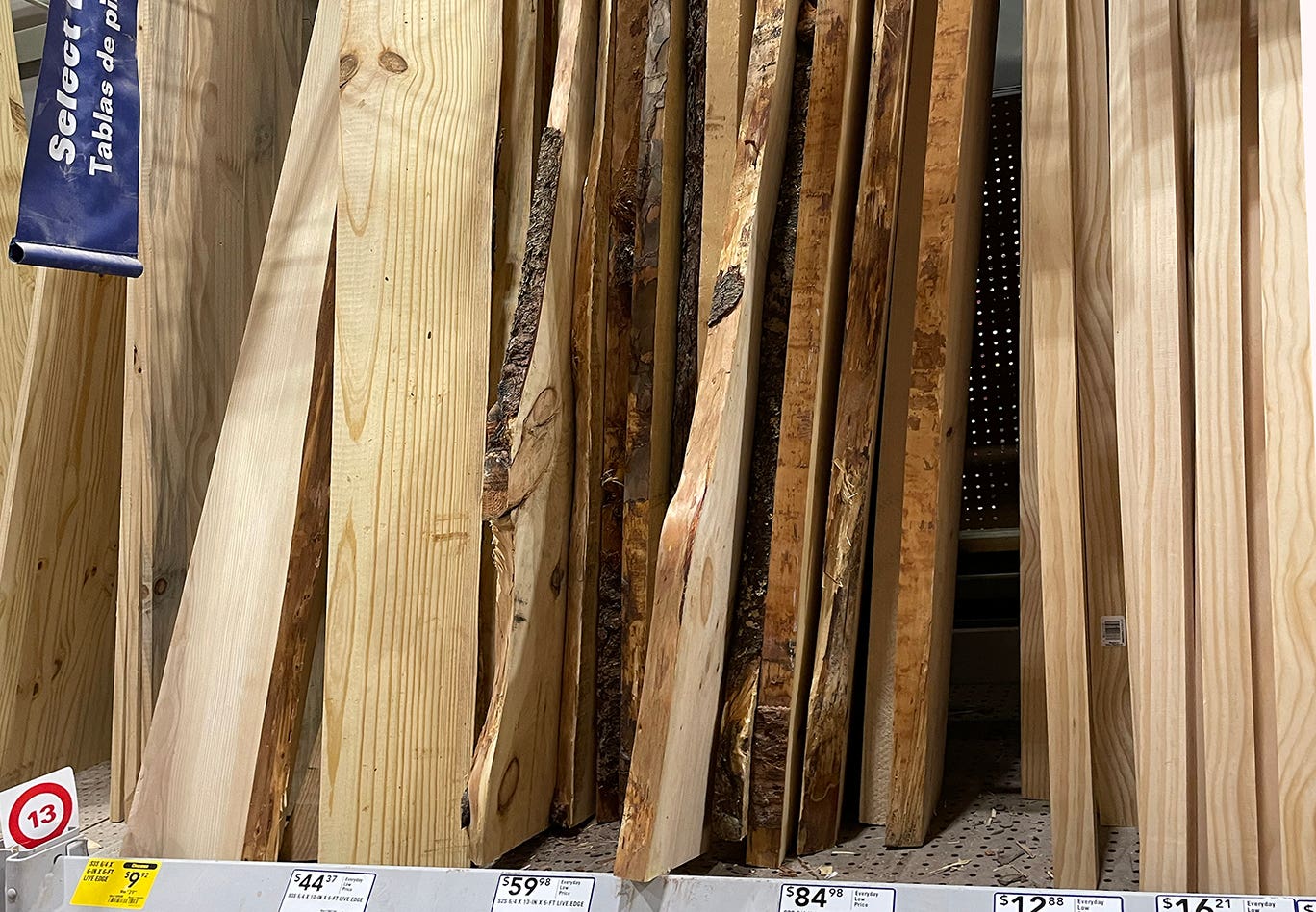Avoid shortcuts to prevent big mistakes
School yourself thoroughly on how finishing products work and you won’t find yourself redoing time-consuming tasks {loadposition position10} No matter how long you do finishing, you’ll still have mistakes. You…
School yourself thoroughly on how finishing products work and you won't find yourself redoing time-consuming tasks
{loadposition position10}
No matter how long you do finishing, you'll still have mistakes. You can call the supplier or manufacturer of the product you're using - which I surely recommend you do - but more times than not, you won't get the help you need.
In the end, you may have to solve the problem yourself.
To be successful, it helps to know as much as possible about how finishing products work and what can be expected of them. Here are some general situations I've come across and the cause of the problems.
Peeling conversion varnish
A contractor was hired to restore a large hotel ballroom that had fallen into serious disrepair from years without use. About 10 percent of the paneling in the ballroom had to be replaced. The paneling and solid framing was walnut.
Within months of completion, the finish on all the original wood began cracking and peeling. This did not occur on the replaced panels.
Underneath the peeling finish was a pre-existing finish, which proved to be nitrocellulose lacquer. This was determined by dabbing on some lacquer thinner, which caused the finish to become sticky.
The architect had specified the ballroom be finished with conversion varnish and it appears it was because lacquer thinner had no dissolving effect.
To understand what went wrong, you need to know that conversion varnish doesn't bond well to other finishes or even to itself after full curing. The cracking and peeling was to be expected.
Either the contractor (or finishers) didn't know this, which is somewhat surprising, or the contractor was trying to save money by not stripping the nitrocellulose lacquer first.
Money wasn't saved this time because now there was nothing to do but strip everything and start over.
Dye fades, pigment doesn't
A small cabinet shop complained of stain "bleeding back" out of the pores of some oak cabinets six months after the finish was applied. The bleeding, which didn't come through the finish, caused the grain of the oak to stand out much more than it should have. It appeared almost black.
Upon questioning, it was determined that the worst parts were exposed to bright light from windows, and the parts that were shielded from light kept their more-even coloring.
So right away, light was the suspected culprit, not bleeding (which was very unlikely anyway).
To understand the cause of this problem, you need to know that all dyes fade quickly in UV light, especially in sunlight and fluorescent light, despite the claims of some suppliers.
The shop had used Minwax Colonial Maple stain, which is composed of both pigment and dye. The pigment is quite dark. The dye is yellow/orange.
So the most logical explanation is that the dye part of the stain had faded causing the darker grain, which retained the pigment, to be accentuated.
The coloring could be evened somewhat by applying a glaze or toner and then another coat of finish. But because the cabinets were already installed, the coloring would have to be done on site, which could be a problem.
If the finish were conversion varnish, it would be very risky trying to repair it, as illustrated in the situation above.
Polyurethanes not the same
Part 1: A restaurant had had its tables refinished with polyurethane by a local painter. Within six months, the finish had become sticky and so soft it could be scratched off with a fingernail.
To understand why, you need to know the difference between consumer oil-based and water-based polyurethanes (both of which are very different from two-part polyurethane). Oil-based polyurethane is much more durable (that is, it is resistant to heat, solvents and chemicals) than water-based.
It turned out, of course, that the painter used water-based polyurethane from a home center. The finish broke down because of the many cleanings after meals using a bleach-type product.
The only thing to do at this point was to strip the finish and start over.
Part 2: A painter was hired to apply a white pickled finish on paneling in an office. He used an oil-based white pickling stain followed by brushed-on, oil-based polyurethane.
The wood took on a yellowish caste.
To understand why, you need to know that oil-based stains and finishes add a yellow coloring, while water-based products add no color.
In this case, the painter should have used only water-based products because they don't yellow at all. The better durability of oil-based polyurethane would have to be sacrificed for the desired appearance.
Too much sanding sealer
The finish on the top of a mahogany, nitrocellulose-finished dining table turned white wherever it was struck by a blunt object, such as an eating utensil in the hands of a child. In some spots, the finish peeled away slightly from the white mark, but not down to the wood.
It turned out the finisher had sprayed four coats of sanding sealer and sanded them back to fill the pores. It had been very effective and the pore-filled table was beautiful when it was done.
But this was a bad procedure and, to understand why, you need to know that sanding sealer is crumbly because of the added zinc stearate - the dry lubricant that makes the finish powder when sanded.
It was perfectly natural for the sanding sealer to crumble and turn white in this situation because only part of each coat was sanded off. So the layer of sanding sealer was too thick.
It might be possible to repair the damage with touch-up colors and burn-in sticks, but nothing will prevent the same thing happening every time the finish is struck. So it should be stripped and refinished.
To fill pores, it's best to use paste wood filler. But sanding sealer can be used if a coat of finish (not sanding sealer) is applied first. Each coat of sanding sealer can then be sanded back until the finish is reached, which will be obvious because of increased resistance to the sandpaper. This will leave the sanding sealer only in the pores.
Uncured catalyzed finish
A small cabinet shop had just finished building a set of cherry cabinets when the cabinetmaker read an article in a woodworking magazine explaining how to age cherry using lye.
He performed a few experiments on scrap wood and liked the color, but he didn't test with the catalyzed finish he intended to use.
He should have, because then he would have noticed that the first coat of finish didn't harden properly. Instead, the entire set was coated before he noticed.
To understand this problem, you need to know that the catalyst in catalyzed finishes is an acid and that lye is a base (alkali). Acids and bases neutralize each other. So the lye at least partially neutralized the acid, reducing its potency.
A non-catalyzed vinyl sealer could probably have been applied under the catalyzed finish to create a barrier between the lye and the acid. But this wasn't done.
Always test the entire schedule of steps before committing to the project.
This article originally appeared in the November 2009 issue.







